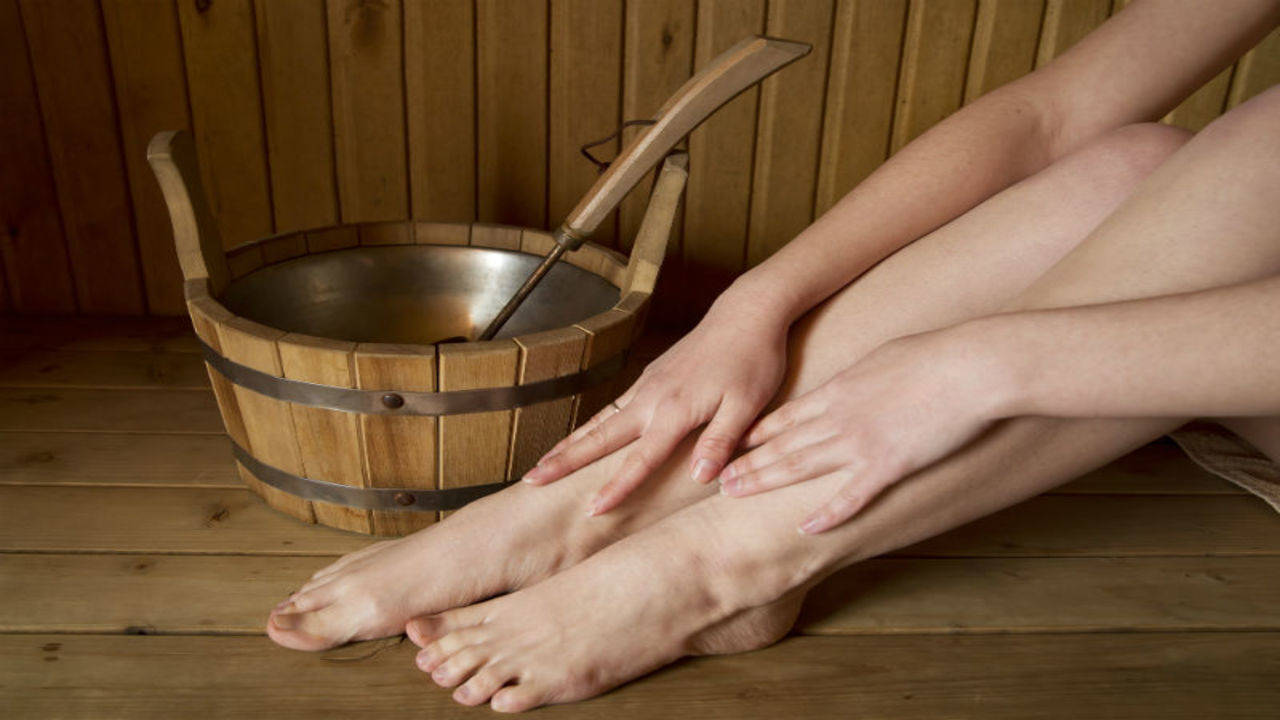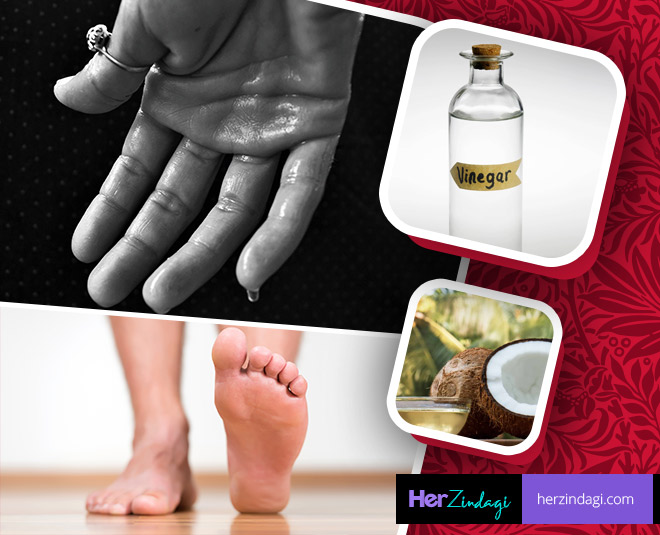Recognizing Excessive Sweating: Dermatology Insights on How to Stop Sweaty Hands
Recognizing Excessive Sweating: Dermatology Insights on How to Stop Sweaty Hands
Blog Article
Introducing the Complexities of Excessive Sweating: A Comprehensive Guide to Medical Diagnosis and Administration
Too much sweating, clinically called hyperhidrosis, is a problem that influences a considerable number of individuals and can have a profound influence on their quality of life. While sweating is an all-natural physical function, its overactivity in hyperhidrosis provides an one-of-a-kind set of challenges that frequently exceed simple pain. Recognizing the underlying causes, identifying the signs, and browsing the diagnostic process for hyperhidrosis can be detailed tasks. In this extensive guide, we will explore the intricacies of hyperhidrosis, from its medical diagnosis to the selection of treatment alternatives readily available, clarifying reliable administration strategies for those facing this problem.

Comprehending Hyperhidrosis Causes
Hyperhidrosis causes can be attributed to various elements such as genes, hormone inequalities, and particular clinical problems. Genes play a considerable duty in key focal hyperhidrosis, where people inherit the problem from their household members. By recognizing the details elements contributing to excessive sweating, healthcare service providers can customize treatment plans to deal with the underlying reason, using alleviation and improving the quality of life for people impacted by hyperhidrosis.
Acknowledging Hyperhidrosis Effects

Additionally, hyperhidrosis signs may manifest in social and psychological distress, as people may feel embarrassed or nervous regarding their sweating, leading to evasion of social circumstances (Treatment for hyperhydrosis of hands). In addition, duplicated episodes of extreme sweating can result in skin maceration, fungal infections, and an overall decrease in self-worth
Diagnostic Refine for Hyperhidrosis
Starting the diagnostic process for extreme sweating entails extensive assessment of the person's medical history and physical exam. Inquiring concerning the beginning, period, and sets off of sweating episodes is crucial to distinguish in between key focal hyperhidrosis and second generalised hyperhidrosis. Clinical history must likewise include concerns regarding drugs, clinical problems, and family members background of hyperhidrosis.
Throughout the physical examination, specific focus is paid to the locations impacted by sweating. The doctor may evaluate the level of sweating, look for indications of underlying problems, and evaluate the effect of sweating on the individual's lifestyle. Additionally, particular examinations like the gravimetric test, starch-iodine test, or skin conductance measurements may be conducted to measure the quantity of sweat created.
In addition, in instances where additional hyperhidrosis is presumed, extra tests such as blood tests, urine tests, and imaging research studies may be recommended to recognize the underlying source of excessive sweating. The diagnostic process intends to accurately determine the kind and root cause of hyperhidrosis to direct ideal administration methods.
Therapy Choices for Hyperhidrosis
When addressing excessive sweating, various therapy choices are readily available to relieve symptoms and enhance the person's high quality of life. The treatment strategy for hyperhidrosis depends on the severity of signs and the person's action to preliminary therapies.
Topical treatments, such as aluminum-based antiperspirants, are commonly suggested as the initial line of defense for handling moderate instances of hyperhidrosis. These items work by plugging the sweat air ducts, therefore reducing the quantity of sweat that reaches the skin's surface area. For people with much more extreme signs, oral drugs like anticholinergics may be prescribed to assist decrease sweating. These drugs can have side impacts and are go to my site not ideal for everybody.

Effective Administration Methods
To properly take care of hyperhidrosis, a thorough and customized therapy strategy tailored to the client's particular needs and response to previous therapies is essential. This strategy might integrate a combination of therapeutic approaches, including lifestyle modifications, topical treatments, dental medicines, botulinum contaminant shots, iontophoresis, and in serious cases, surgical treatments like gland removal or sympathectomy. Lifestyle alterations such as putting on moisture-wicking garments, using antiperspirants, and exercising stress-reducing strategies can click to read match medical treatments. Topical antiperspirants consisting of aluminum chloride are often the first-line therapy, with stronger formulations readily available for resistant cases. Dental medications like anticholinergics might be recommended for generalized hyperhidrosis. Botulinum contaminant injections work for focal hyperhidrosis, supplying short-term alleviation by blocking the launch of acetylcholine. Iontophoresis, including the usage of a low electrical existing to minimize gland task, can be advantageous for both palmoplantar and axillary hyperhidrosis. Surgical alternatives are usually reserved for serious, refractory cases and need careful consideration of advantages and risks. A multidisciplinary strategy involving skin doctors, primary treatment physicians, and, if needed, surgeons, can enhance the monitoring of hyperhidrosis.
Conclusion
In verdict, hyperhidrosis is a problem defined by excessive sweating, which can significantly impact a person's high quality of life. With appropriate diagnosis and management approaches, people enduring from hyperhidrosis can find alleviation my latest blog post and enhance their general well-being.
Too much sweating, clinically recognized as hyperhidrosis, is a condition that affects a substantial number of people and can have a profound influence on their high quality of life. By determining the specific variables contributing to excessive sweating, medical care suppliers can tailor therapy plans to address the underlying reason, providing alleviation and enhancing the quality of life for people affected by hyperhidrosis.
Hyperhidrosis, identified by excessive sweating past what is required for managing body temperature, can dramatically affect a person's high quality of life. Making inquiries regarding the start, duration, and activates of sweating episodes is important to differentiate between key focal hyperhidrosis and additional generalised hyperhidrosis. How to stop sweaty hands.In verdict, hyperhidrosis is a condition defined by too much sweating, which can significantly influence an individual's quality of life
Report this page